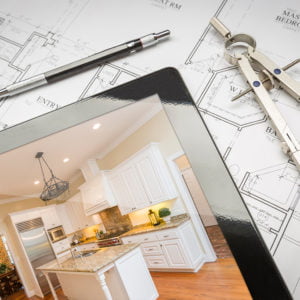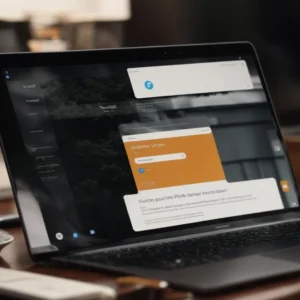As a homeowner, your roof is one of the most important parts of your house. It provides you and your family with shelter and protection from the elements. However, your roof is not immortal, and over time it will start to deteriorate. This happens due to a number of factors, including harsh weather conditions, wear and tear, and natural wear and tear over time. As a result, it is necessary to invest in a roof replacement when your old roof starts to show signs of weakness. In this article, we’ll discuss some key signs that your home needs a new roof.
Visible Damage or Worn-Out Shingles

One of the most telling signs that your home needs a new roof is visible damage or wear on the roof’s shingles. Shingles may become cracked, curled, or discolored over time, indicating that they are no longer providing adequate protection for your home. Cracked or curled shingles can allow water to seep into your home, leading to interior damage or the growth of mold and mildew.
A clear indicator that you need to consider a roof replacement cost Florida is when a large number of shingles are damaged or missing. Although it’s possible to replace individual shingles, doing so can be costly and time-consuming. If more than a few shingles are affected, it may be more cost-effective and efficient to replace the entire roof. If you notice that your shingles are discolored or have developed patches where granules have worn away, this can indicate an urgent need for a roof replacement too.
Aging Roof or Frequent Repairs
Roofs have a limited lifespan, typically between 20 to 30 years for asphalt shingles and up to 50 years or more for metal or tile roofs. As your roof approaches the end of its life, it will begin to show signs of wear and tear, such as those mentioned previously. An aging roof will become more susceptible to leaks and other problems, requiring increasingly frequent repairs.
If your roof is consistently in need of repairs, it could be a sign that it’s time for a replacement. The cost of these multiple repairs can add up and lead to more significant issues if the underlying problems are not resolved. If your roof is reaching the end of its lifespan, it may be worth considering a complete replacement to provide your home with the protection it needs. Bear in mind that climatic conditions in your region, such as hurricanes or heavy snow, can also play a role in determining the longevity of your roof.
Leaking or Water Damage

Leaks and water damage are some of the most common issues homeowners face with aging roofs. When your roof is no longer able to keep water out effectively, it can lead to structural damage, as well as mold and mildew growth. Leaks may occur in various areas, such as around vents or flashing, or where shingles meet the edges of the roof.
Water damage is evident through dark stains or spots on ceilings and walls or rotting wood in the attic or other parts of your home. If you notice any signs of water damage, it’s vital to address the issue before it leads to more substantial damage or costly repairs. A leaking or water-damaged roof is a prime candidate for replacement, as it may no longer be providing sufficient protection for your home.
Increased Energy Bills or Sagging Roof

A sudden increase in your energy bills may be a sign that your home is not as energy-efficient as it once was. This inefficiency could be due to your aging roof, which may no longer be adequately insulating your home. As mentioned previously, a damaged roof can let heat escape in the winter or allow cold air to penetrate during the summer. A more efficient home with a newer roof can even be more valuable if you choose to sell one day.
A sagging roof is another concerning sign of potential replacement, as it indicates structural issues that could lead to severe problems if not addressed promptly. Sagging points to the possibility of water damage or rot in the wooden components supporting the roof, which will only worsen over time if left untreated. Both increased energy bills and a sagging roof are clear indicators that your home needs a roof replacement.
As you can see, it’s crucial to regularly inspect your roof for visible damages, leaks, and other signs of wear and tear. If you suspect your home needs a roof replacement, consult a professional to assess the situation and discuss your options. A new roof not only protects your home but can also improve its energy efficiency, providing long-term benefits for you and your family. Follow the tips in this article and you and your family will be safe and comfortable for years to come.





